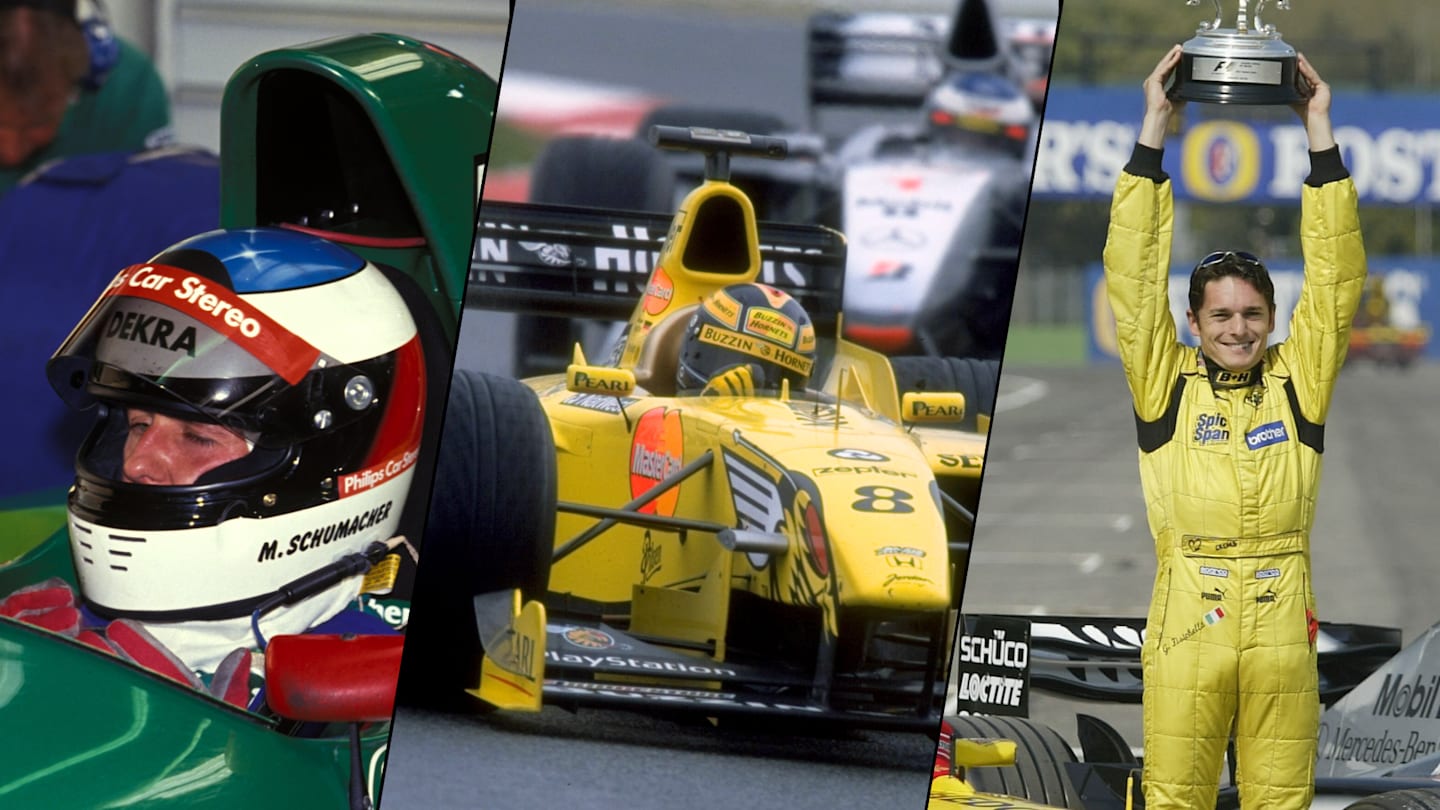Formula 1’s Greatest Underdogs: Drivers Who Shined Without the Best Equipment
Formula 1, the pinnacle of motorsport, is often characterized by a ruthless pursuit of technological superiority. The dominant narratives frequently revolve around the teams and drivers wielding the most advanced machinery, leaving the exploits of those battling in less competitive cars relegated to footnotes. However, amidst the tales of multi-million dollar budgets and cutting-edge engineering, exist inspiring stories of drivers who transcended the limitations of their equipment to achieve remarkable results. These are the underdogs, the individuals who, through sheer talent, determination, and guile, carved their names into Formula 1 lore, proving that the driver remains a crucial component, even in an era defined by technological prowess.

Defining the Underdog: Talent Against Technology
The concept of an “underdog” in Formula 1 is multifaceted. It encompasses drivers who consistently outperformed their machinery, extracting results that belied the car’s inherent limitations. This often meant fighting for points in a midfield car, achieving podiums against vastly superior rivals, or even securing unlikely victories against the odds. The ability to consistently overperform requires a unique blend of skill: exceptional car control, strategic acumen, calculated risk-taking, and an unwavering mental fortitude. These drivers are not merely good; they are exceptional talents, able to maximize every opportunity and exploit even the smallest of vulnerabilities in their competitors. This article will explore some of the most compelling examples of these remarkable individuals across different eras of Formula 1.
Iconic Underdog Performances Across the Decades
The 1960s: A Period of Innovation and Resilience
The 1960s were a period of rapid technological advancement in Formula 1, but also a time when driver skill held significant sway. One name stands out: Jo Siffert. Primarily competing in privateer Rob Walker Racing Coopers, Siffert showcased exceptional talent, culminating in a stunning victory at the 1968 British Grand Prix in a Lotus 49. This victory, against the might of Ferrari and Lotus’s works team, remains a testament to his abilities and the inherent risks of the era. His consistency in securing points finishes despite competing with less advanced machinery solidified his reputation as a highly respected driver.
The 1970s: Fighting for Survival and Glory
The 1970s saw increasing commercialization and the rise of manufacturer-backed teams. However, drivers like Jean-Pierre Jarier often impressed. While occasionally driving for more competitive outfits, Jarier often found himself in uncompetitive cars. His performances in the Shadow DN5, setting fastest lap at the 1975 Brazilian Grand Prix (before a fuel system failure), showcased raw speed and demonstrated that given a marginally better car, he could have been a serious contender. This era highlighted the precariousness of a career dependent on securing scarce competitive drives.
The 1980s: Turbocharged Talent Shines Through
The turbocharged era of the 1980s presented a unique challenge: managing immense power with often unreliable engines. Thierry Boutsen stands out. He secured three Grand Prix victories, driving for Benetton and Williams, teams that, while capable of winning, were often not consistently the fastest on the grid. Boutsen was known for his exceptional wet-weather driving abilities, demonstrating a mastery of car control that allowed him to extract maximum performance from his machinery in challenging conditions. His consistency and intelligent racing style allowed him to capitalize on opportunities and secure impressive results, particularly in the rain.
The 1990s and 2000s: Extracting Performance in the Modern Era
As Formula 1 became increasingly sophisticated, the gap between the leading teams and the backmarkers widened. However, drivers like Mika Salo carved out reputations as consistent performers who could maximize any opportunity. Salo frequently found himself in midfield cars, showcasing impressive racecraft and securing valuable points finishes. His brief stint with Ferrari in 1999, replacing the injured Michael Schumacher, proved his mettle. While not a race winner that year, he delivered solid results, demonstrating his ability to perform under pressure and contribute to a championship-winning team. Similarly, in the early 2000’s, Mark Webber often dragged his uncompetitive Jaguar and later Williams cars to unexpected points. Webber was known for his aggressive driving style and his ability to extract the maximum performance from his machinery, consistently outperforming expectations.
The 2010s and Beyond: The Era of Data and Development
In the modern era, with advanced data analysis and sophisticated development programs, the advantage of the top teams has become even more pronounced. Fernando Alonso, despite his prodigious talent and two World Championships, spent significant portions of his later career battling in underperforming McLaren and Ferrari machinery. His ability to consistently outperform his equipment, extracting the maximum possible result from uncompetitive cars, solidified his status as one of the greatest drivers of all time. Similarly, drivers like Sergio Pérez often demonstrated excellent tire management and racecraft to over-achieve in mid-field machinery for many years before securing a coveted seat with Red Bull Racing. He has consistently proven that even in a technologically dominated sport, strategic thinking and astute driving can yield significant results.
Conclusion: A Lasting Legacy of Skill and Determination
The stories of these Formula 1 underdogs serve as a powerful reminder that even in a sport dominated by technology, driver skill remains a crucial differentiator. These drivers, through their exceptional talent, unwavering determination, and strategic acumen, transcended the limitations of their equipment to achieve remarkable results. Their performances inspire future generations of drivers to push the boundaries of what is possible and demonstrate that even without the best machinery, greatness can be achieved. Their legacy is a testament to the enduring human element in Formula 1 and the enduring appeal of the underdog story.